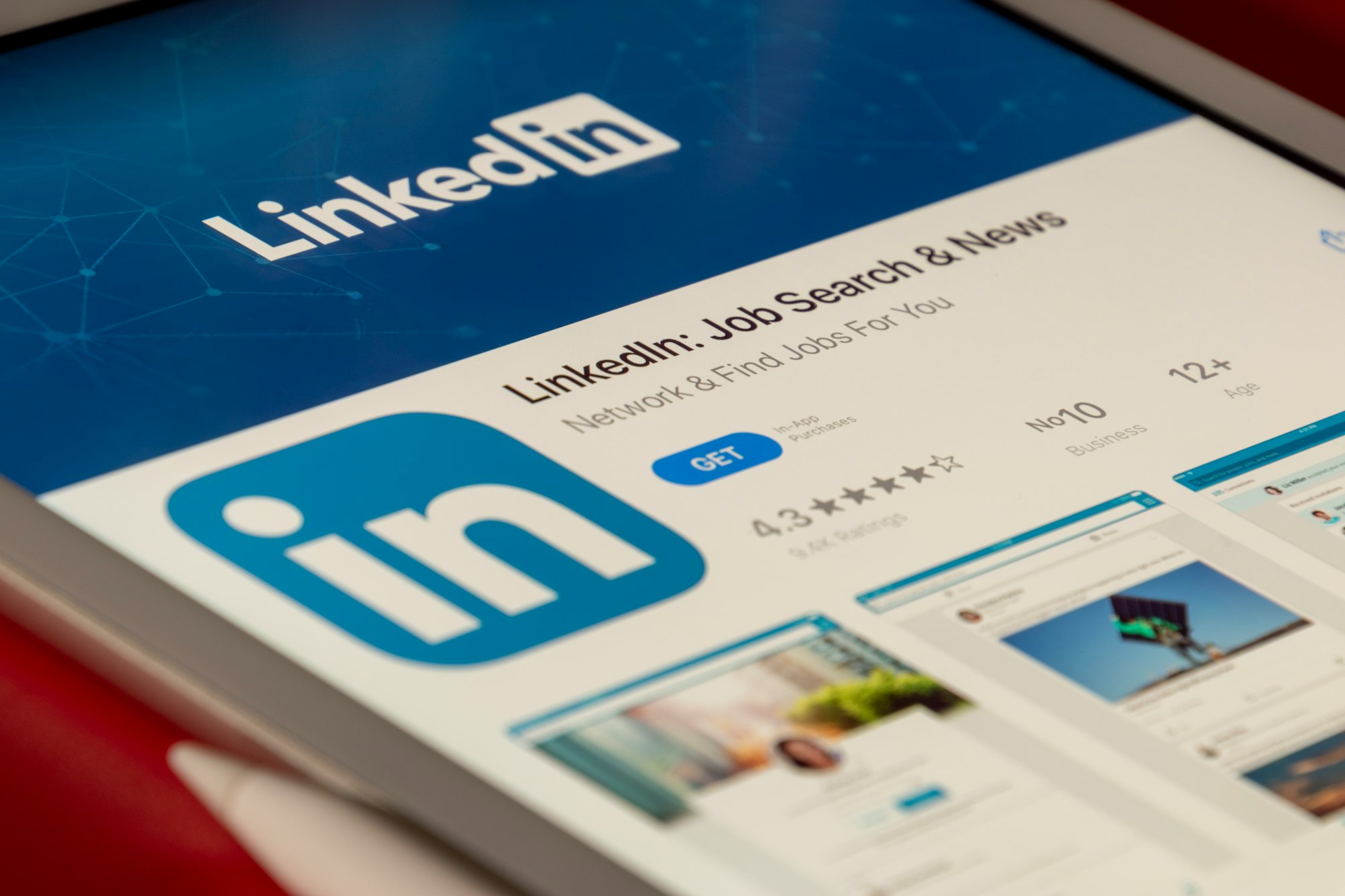What are the Pros and Cons of LinkedIn’s GPT-powered tools?

Last week, LinkedIn launched personalized suggestions with new GPT-powered tools, as part of its plans to integrate AI tools into its line of services for its users, as a means of easing up a lot of processes around the complexities of LinkedIn.
The new GPT-powered tools are bringing to mind and sight the expansion of the footprint to generative AI, which has been a welcomed development in the past months as it is expected to grow from $8.65 billion to $188.62 billion by 2032, according to Brainy Insights.
Global AI investment surged from $12.75 million in 2015 to $93.5 billion in 2021, according to Statista, while the market is projected to reach $422.37 billion by 2028, according to a forecast by Zion Market Research.
Reports gathered that the new GPT-powered tools by LinkedIn are currently in their testing phase and as such, feedback from various sources [that is users] is expected.
While these expected results are yet to be sent in, here are some of the pros and cons of the new GPT-powered tools that you should know.
Pros
- The first tool which is the “enhance” tool is properly designed to help users by simplifying the process of filling out profile fields such as the “about” and “headline” sections.
- The generated tools are used to save time and tedious writing tasks which can be hectic while using the platform.
- The “about” section generated by the AI would help in the creation of a first-person summary of an individual's job experience, reading it as a cover letter introduction.
Cons
- The new tools are exclusive to LinkedIn Premium* subscribers. For a product that is launching into a new market, it is expected to come in free for a window period of 3-6 months, thereby giving it time to circulate properly before the introduction or exclusion to the premium subscribers.
*LinkedIn Premium subscriptions begin from $29.99/month.
Conclusion
Although the new tools are expected to help users create a better job description based on their working experiences, drawing insights into what a good profile is and job experience and skills, I believe that more is yet to be done.
Before its launch of AI-written job descriptions which it is currently testing, the exclusivity to LinkedIn Premium subscribers should be properly looked into as it can be a key marketing strategy for its users.
The mobile and web features are standardized for users but, a little bit of work is expected to boost its acceleration into the new market.






